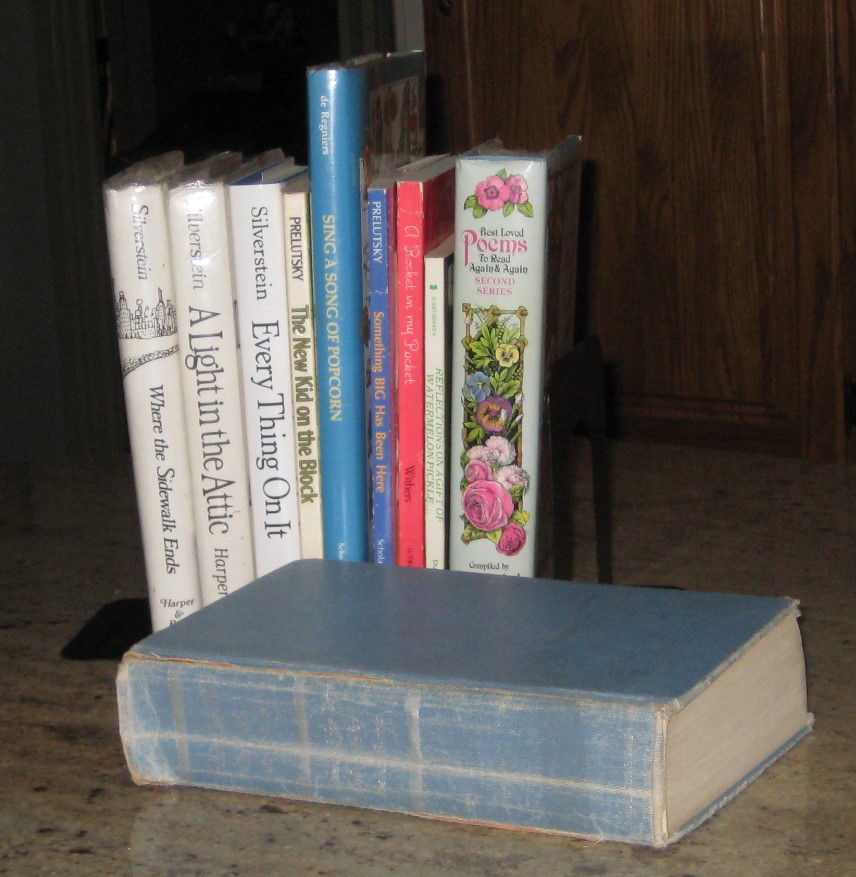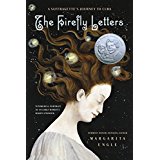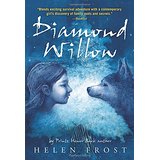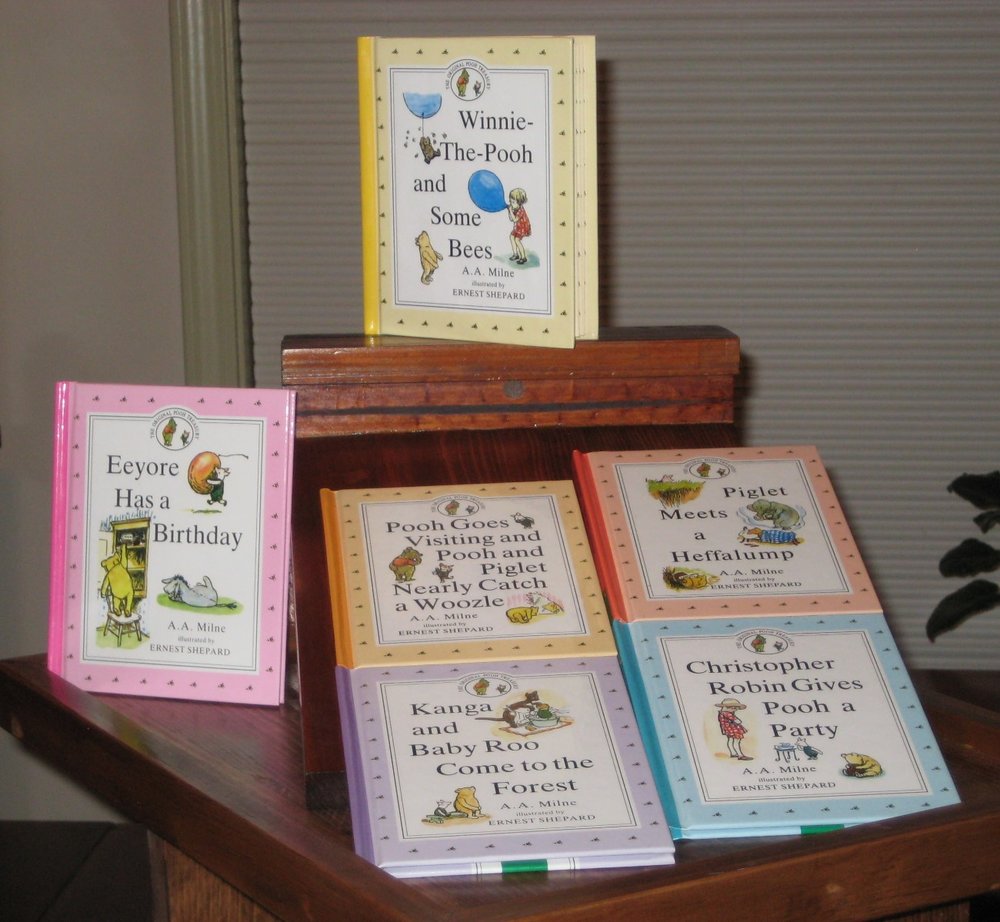 To be honest, I had observed the phenomenon but didn’t know the word “fractal” until I read Sarah Campbell’s picture book, Mysterious Patterns: Finding Fractals in Nature (2014). Sarah explains that the term did not exist until 1975. In the author’s note at the end, she adds an intriguing story of Benoit Mandelbrot, the overlooked scientist who studied and named them.
To be honest, I had observed the phenomenon but didn’t know the word “fractal” until I read Sarah Campbell’s picture book, Mysterious Patterns: Finding Fractals in Nature (2014). Sarah explains that the term did not exist until 1975. In the author’s note at the end, she adds an intriguing story of Benoit Mandelbrot, the overlooked scientist who studied and named them.
A fractal shape has smaller parts that look like the whole. Trees form a good example in their shapes against the sky. Smaller versions of limbs with twigs join together to make the larger tree that repeats the same basic shape. Broccoli makes a hands-on version familiar to  children that is easy for them to take apart one floret at a time to see how it repeats the pattern of the stalk.
children that is easy for them to take apart one floret at a time to see how it repeats the pattern of the stalk.
Sarah and her photographer husband and writing partner Richard add several other natural fractals like Queen Anne’s lace, rivers, and even the airways in human lungs. My favorite fractals to observe, at least for the moment, are the  trees bare against the blue sky all winter, transforming but holding the pattern as they push out green leaves at the tops of their shapes.
trees bare against the blue sky all winter, transforming but holding the pattern as they push out green leaves at the tops of their shapes.
I love the way Sarah and Richard combine science, photographic art, and child friendly activities. Previous books Wolfsnail: A Backyard Predator (2008) and Growing Patterns: Fibonacci Patterns in Nature (2010) follow their own similar pattern and have won many awards in the children’s book world. Adults who reads the Campbells’ books aloud to children get a bonus in their own enjoyment of the photographs and maybe learn a thing or two themselves. Rumor has it that another book is in the works. I’ll be waiting.


































